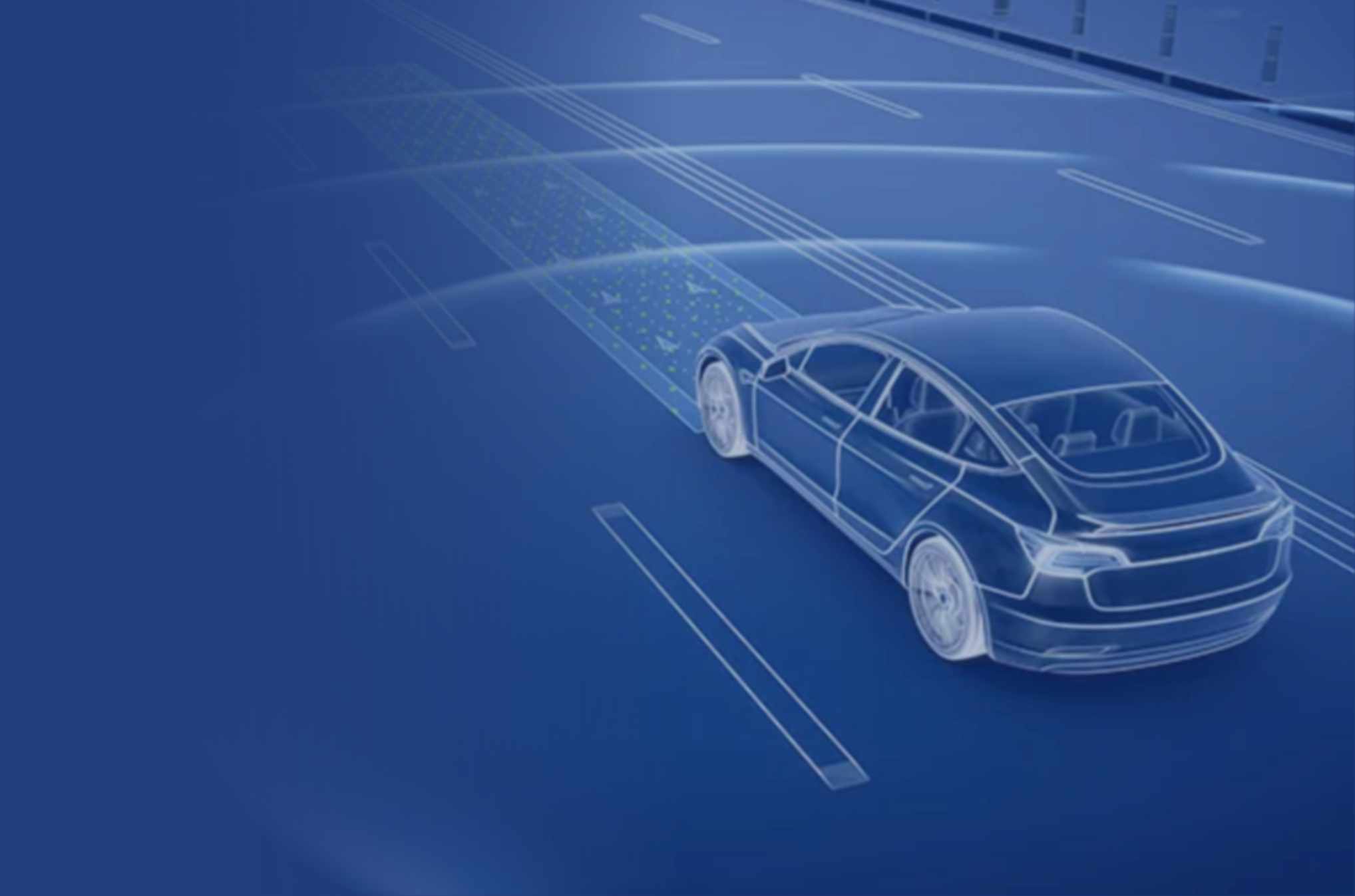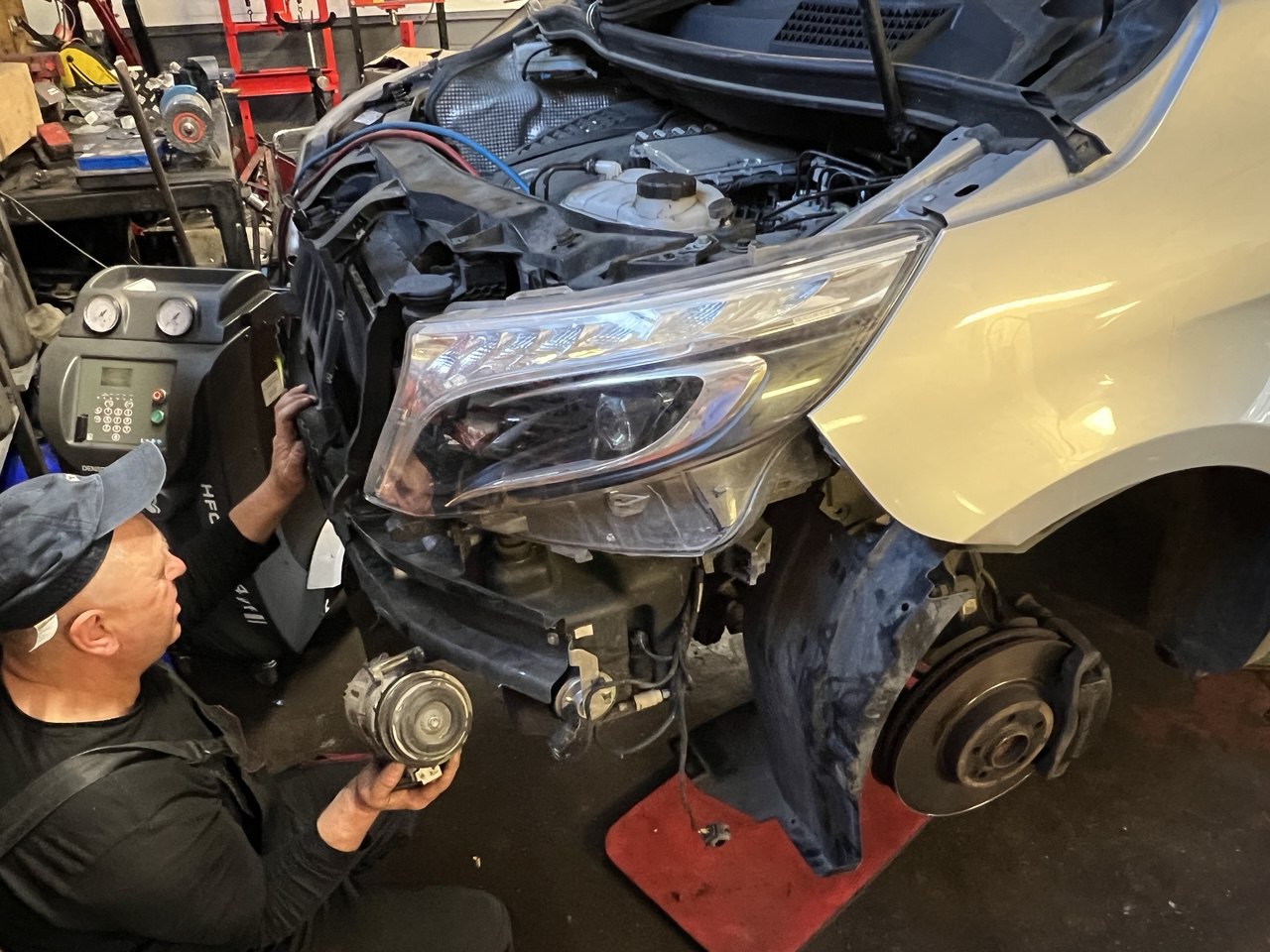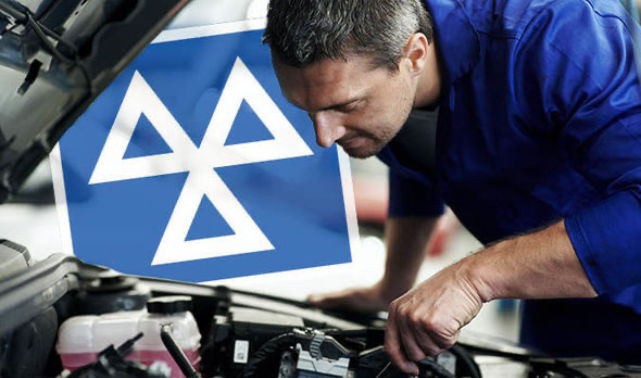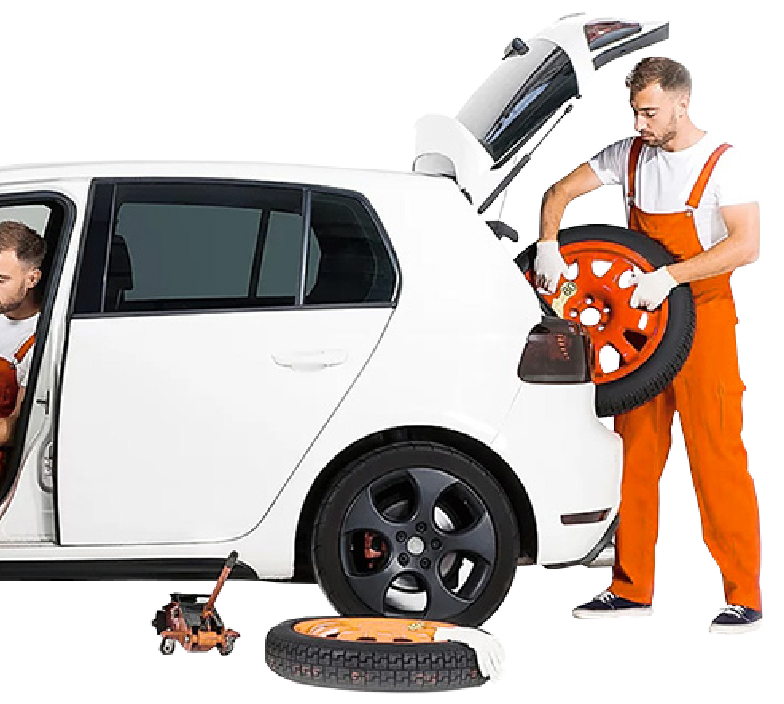It’s estimated that 92% of all vehicles have at least one ADAS feature, and some studies believe that all this technology has the potential to save over 20,000 lives a year.
For the uninitiated ADAS consists of the various technological safety features on vehicles. Features such as backup cameras, lane assist systems, and braking warning systems are common features. To learn more about ADAS check out our ADAS calibration
ADAS systems work by using cameras and sensors mounted around a vehicle to feed information into its safety system which then lets the driver know about their surroundings. But like any technology, over time these systems will be in need of adjustment or even a reboot.
Today, we’ll cover when you need to re-calibrate your sensors, why it’s important and how it’s done. Alright, check your backup camera, stay in your lane and let’s go!
Why Do I Need to Recalibrate?
It’s important to know that ADAS sensors, whether they’re cameras, radar, or ultrasonic sensors, need to be precisely aimed to work correctly. For example, a sensor being out of alignment by even a fraction of an inch could mean that the area it’s scanning down the road could be off-axis by 50 feet or more. In short, this means that a misaligned sensor or camera could miss a potential hazard or worse. This means that keeping your ADAS systems properly aligned is very important.
When Do I Need to Recalibrate?
So there are a few different instances where recalibration is an absolute must. First, any time your vehicle is in an accident, it’s a good idea to ADAS calibration. Even a minor fender bender can knock a sensor or camera out of alignment. Second, any instance where you are repairing or replacing a windshield. Especially on newer vehicles, many of the front-facing cameras and sensors are mounted on or behind the windshield. Lastly, any maintenance to your tires or brakes (even a simple rotation) probably means a recalibration is necessary. In most cases, any shop or dealer will take care of this for you, but it’s best to ask just to be safe.
How Is Recalibration Done?
Because of the very fine margin for error, ADAS recalibration is an involved process that involves cutting-edge software and equipment to do the job right. In general, calibration is performed in two ways. The static calibrations are performed indoors using manufacturer-specific targeting equipment and in rooms that need to be kept at exacting standards (level floors, clean walls…etc). Other calibrations are performed dynamically. This means that the technicians actually drive the vehicle and calibrate cameras and sensors as the vehicle is in motion. In both cases, ADAS systems are aligned and fine-tuned according to the manufacturer’s specifications to ensure as accurate a reading as possible.
If you have any other questions about your vehicle’s ADAS systems or need the best collision, glass, or dent repair in Croydon click over to our contact page.





